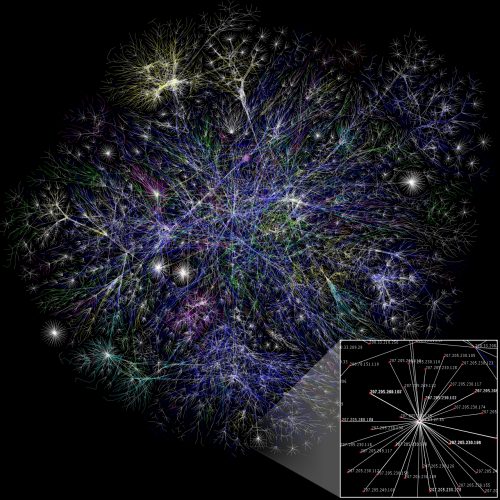Rajit Manohar, one of the designers of IBM’s new brain-inspired computer chip, has joined Yale’s faculty of Electrical Engineering and Computer Science. Manohar joined IBM during a phase of chip design due to his research in asynchronous circuit design. While typical circuits rely on a clock to perform computations, asynchronous circuits use an event-based system, in which completion of one computation triggers the next. Since the brain has no clock to schedule its computations, the chip, TrueNorth, would not have such a clock.
TrueNorth is the first experiment in building a large-scale brain-inspired, or neuromorphic, computer chip. It is also one of the largest chips ever designed, with 5.4 billion transistors and 4096 separate “synapses,” or cores. “We actually designed two versions, one with 32×32 cores and one with 64×64 cores,” Manohar said. “When we originally designed it the manufacturer said the 64×64 wouldn’t work, that it was too big”.
“The chip was designed to mimic the kind of computation that we think happens in neurons and synapses”, Manohar said. However, during the development process, new neural network algorithms began to gain popularity for solving problems like pattern recognition. TrueNorth runs these algorithms much more efficiently than traditional computer chips. To test TrueNorth’s performance, researchers ran neural networks on the chip and found that the chip consumes 176,000 times less energy per event when compared to processors with traditional architectures.
Manohar is excited by efficiency with which neural networks can be run on TrueNorth, but has other goals for the future. “We still have no idea how the brain works. To me, that’s way more interesting,” said Manohar. “I can design something to run those algorithms efficiently,” Manohar said. “I’m much more interested in chips that I would like to design but have no idea how to build”.

